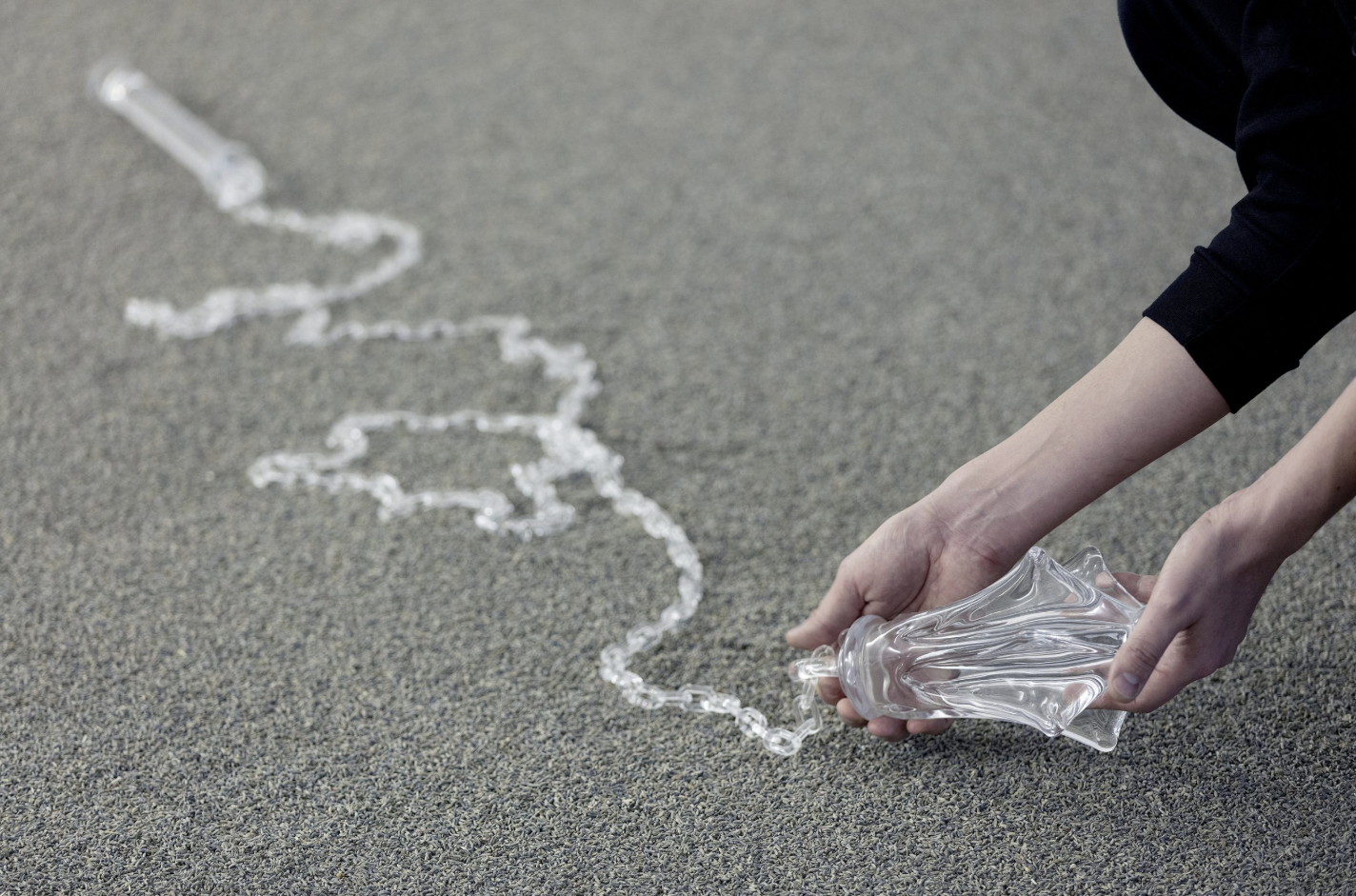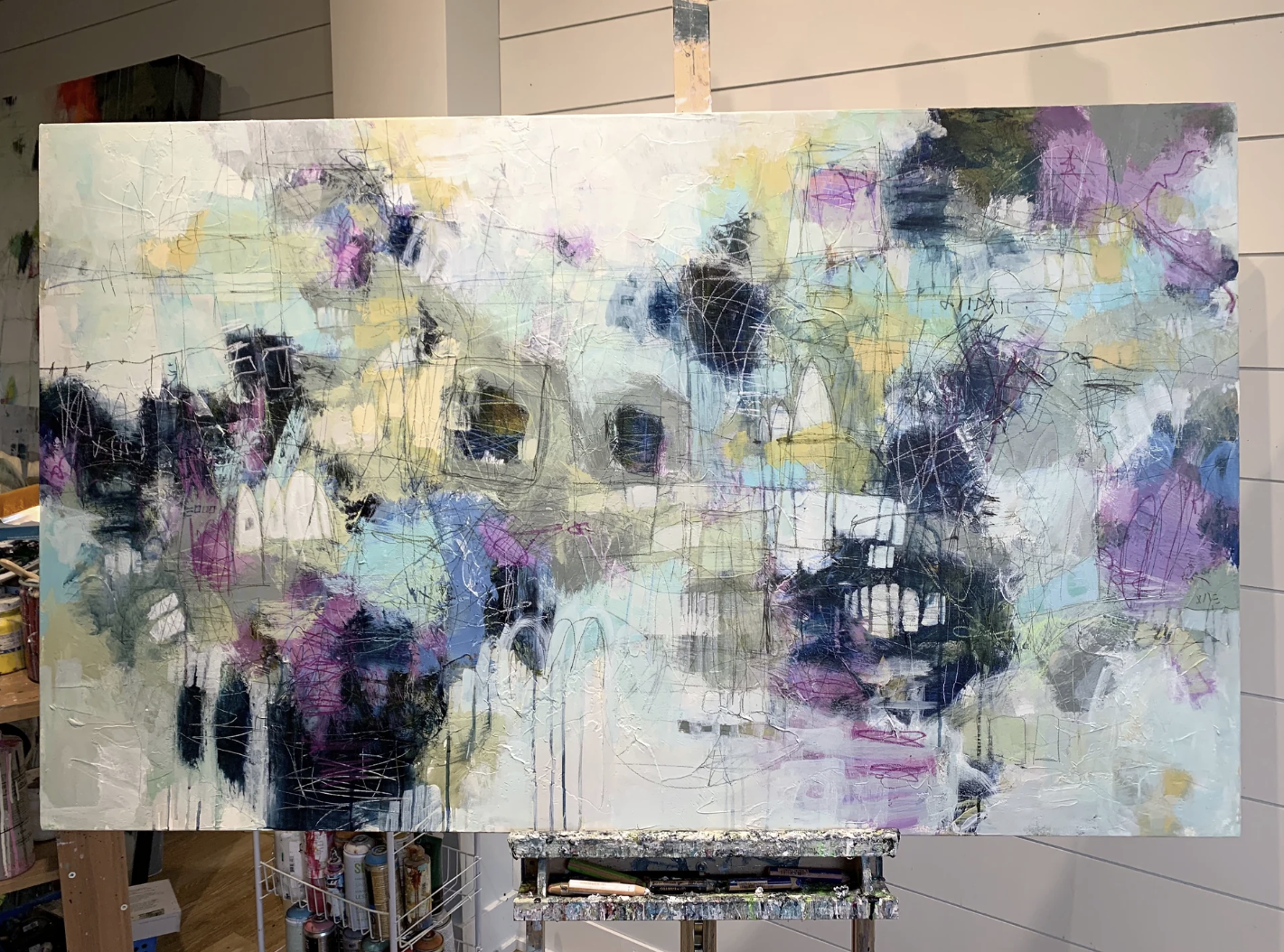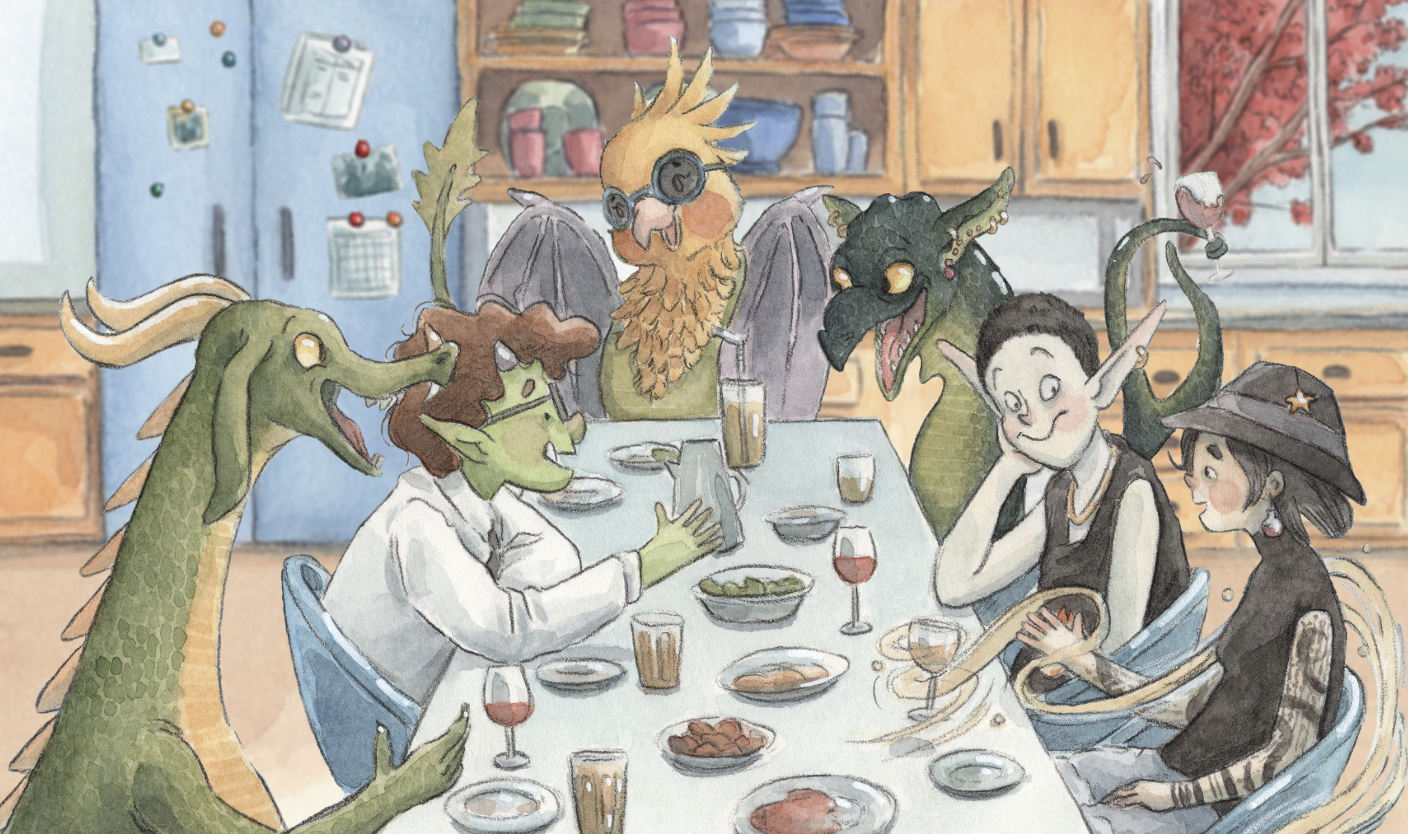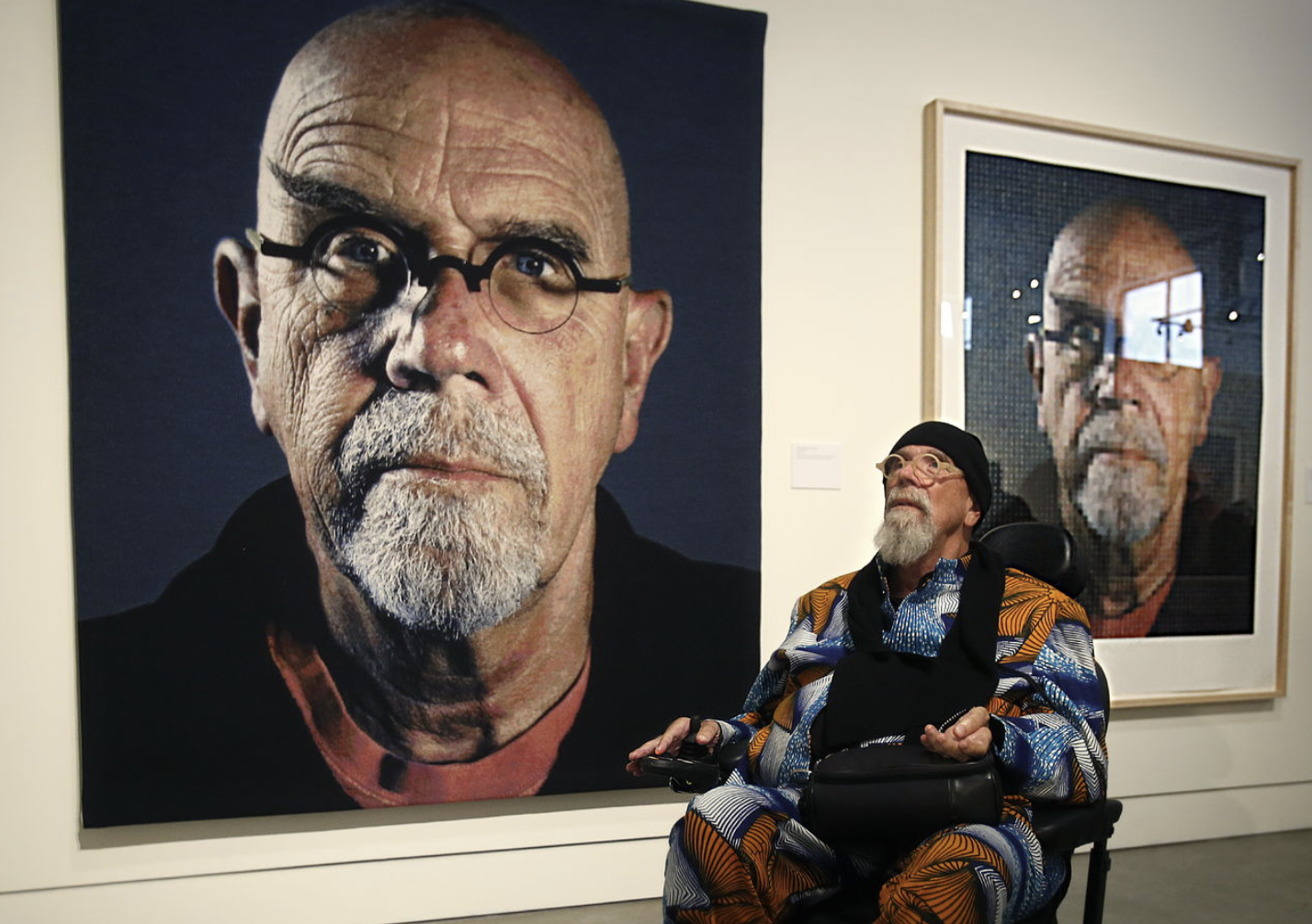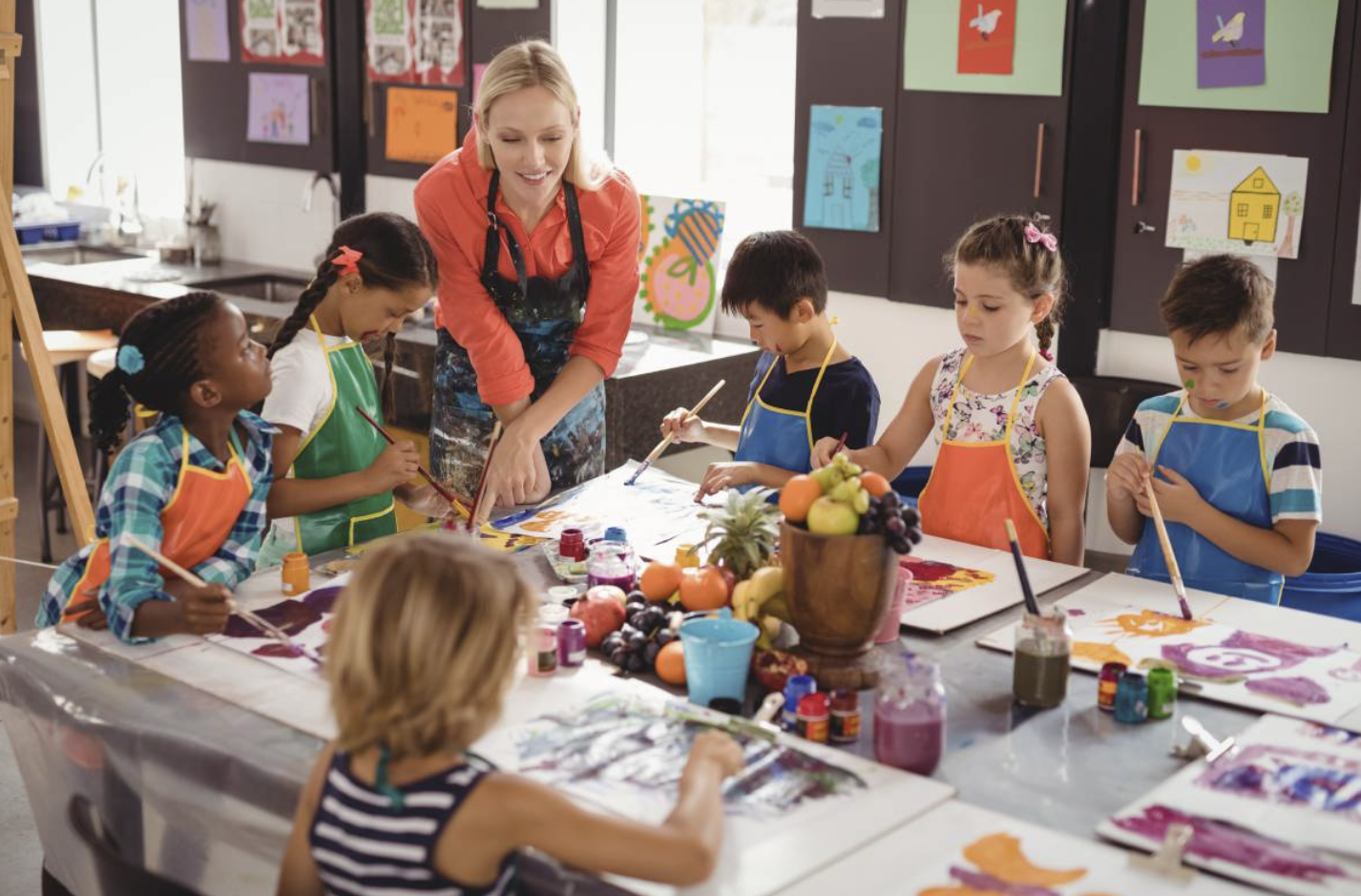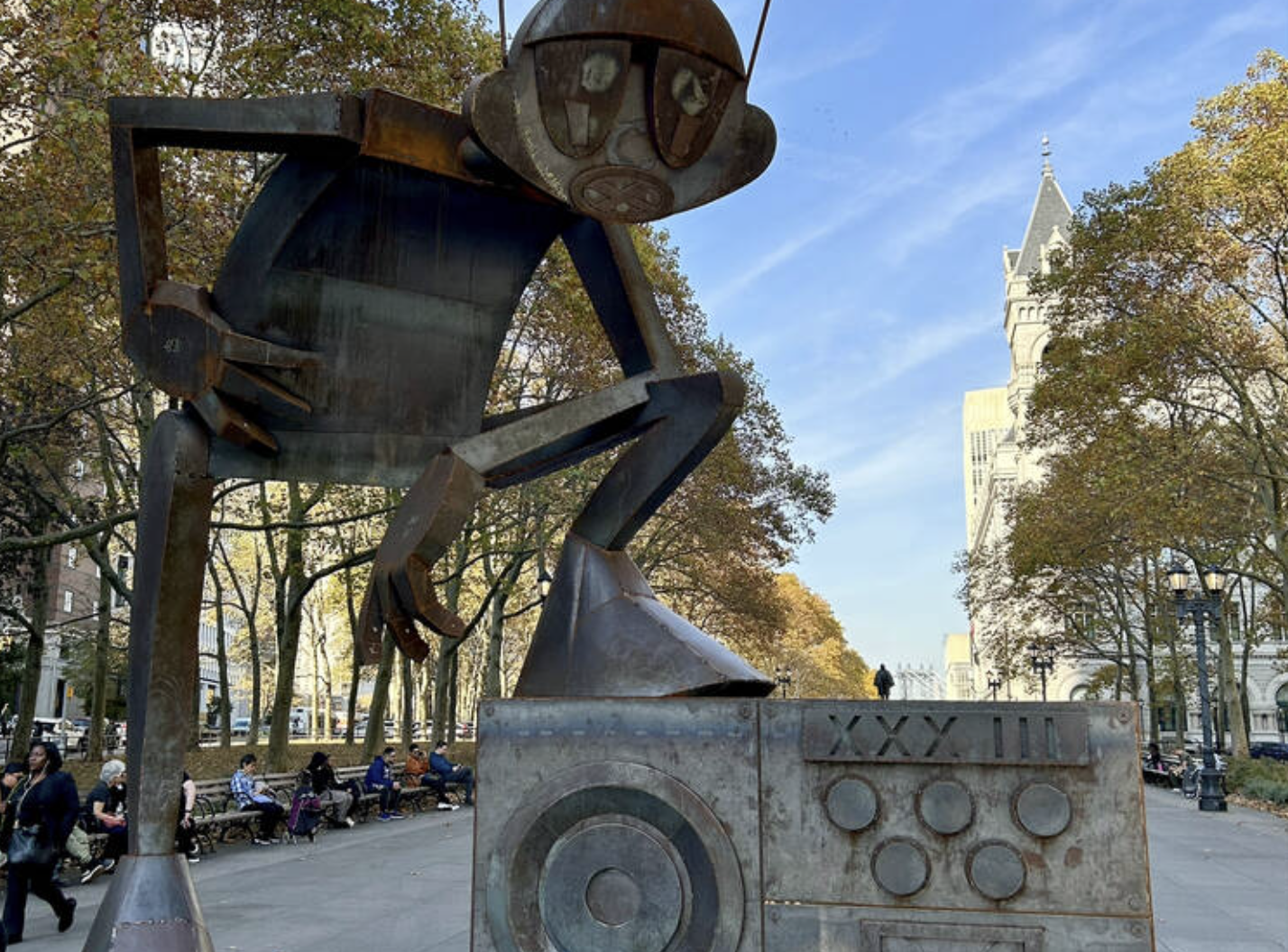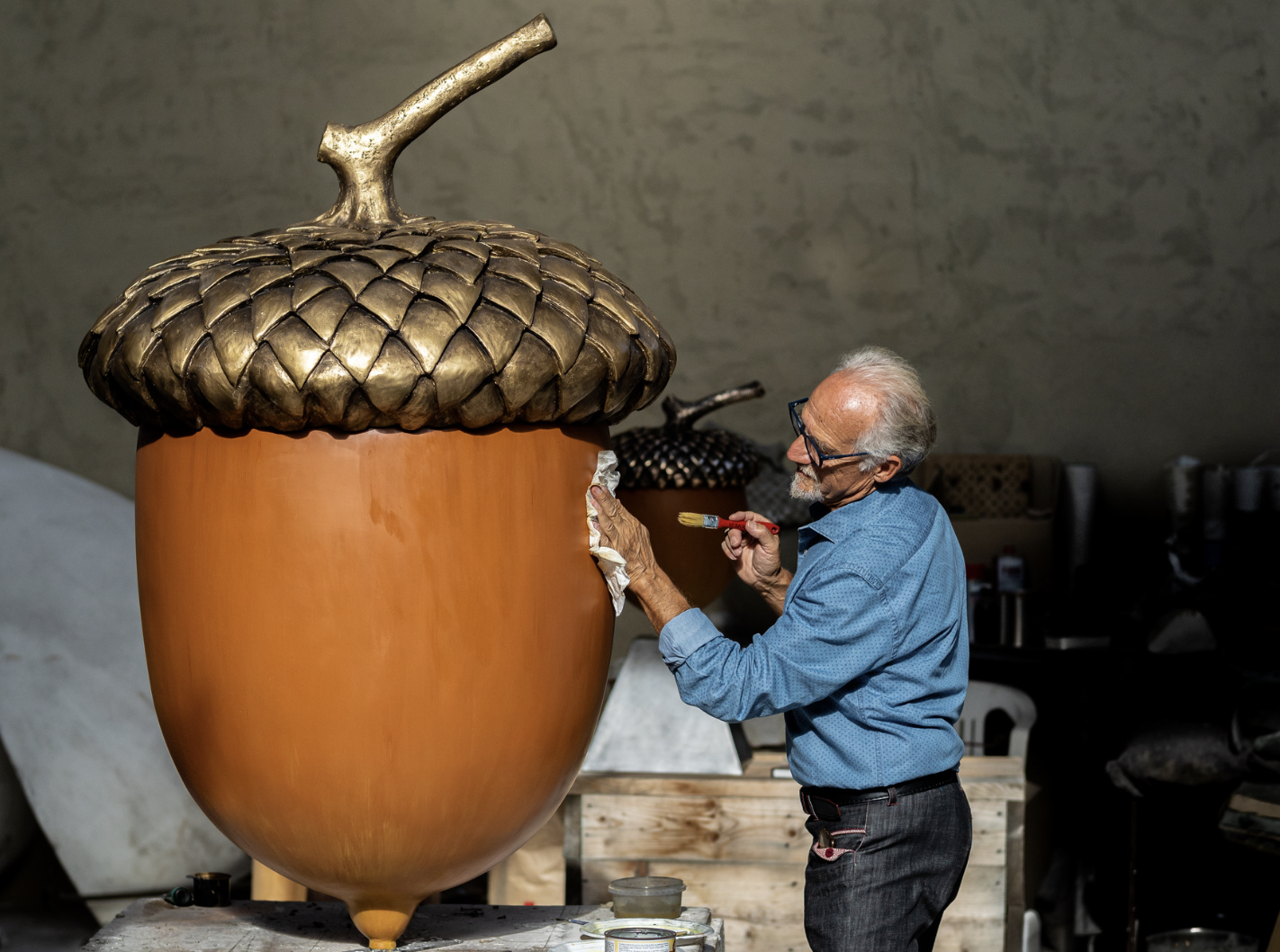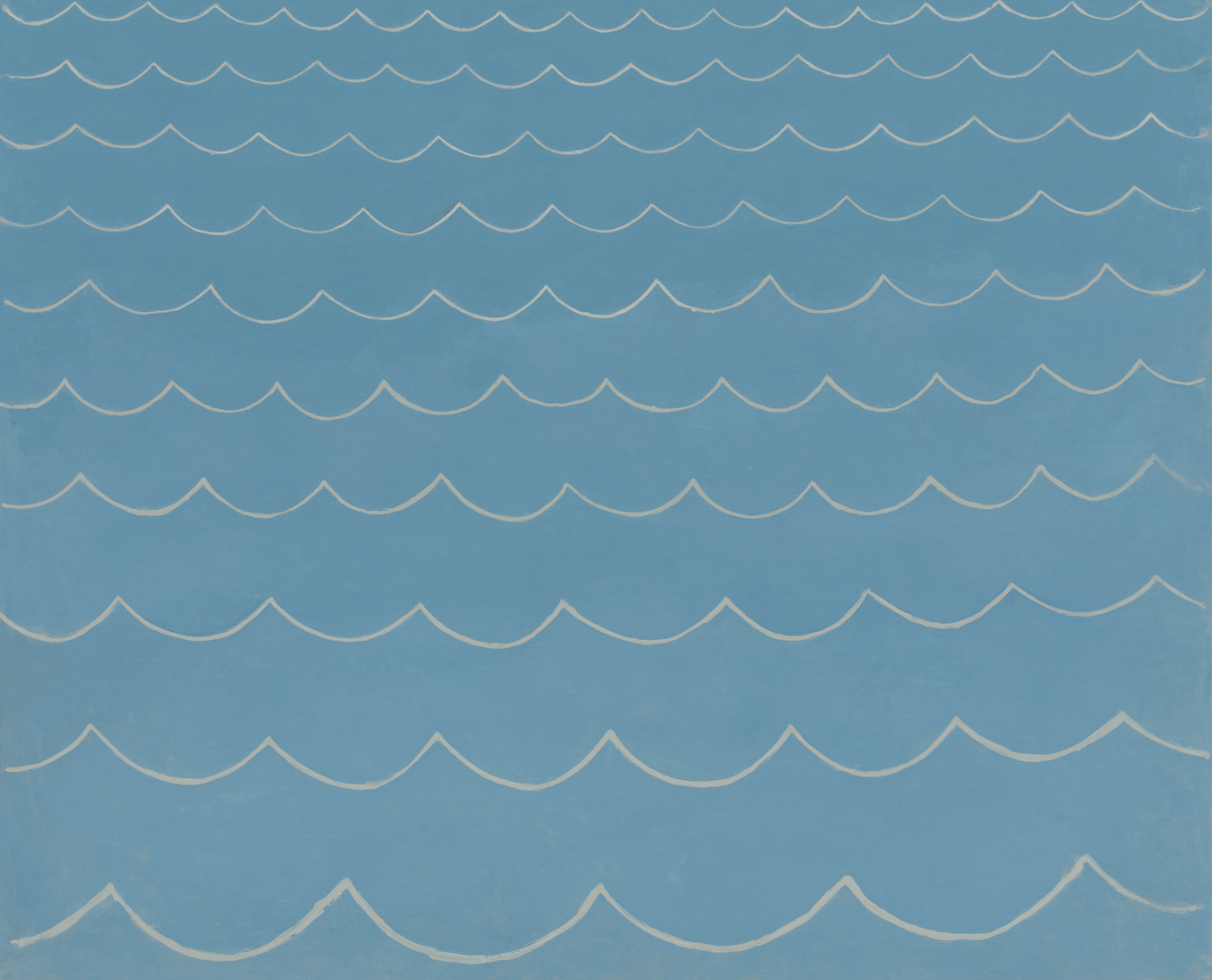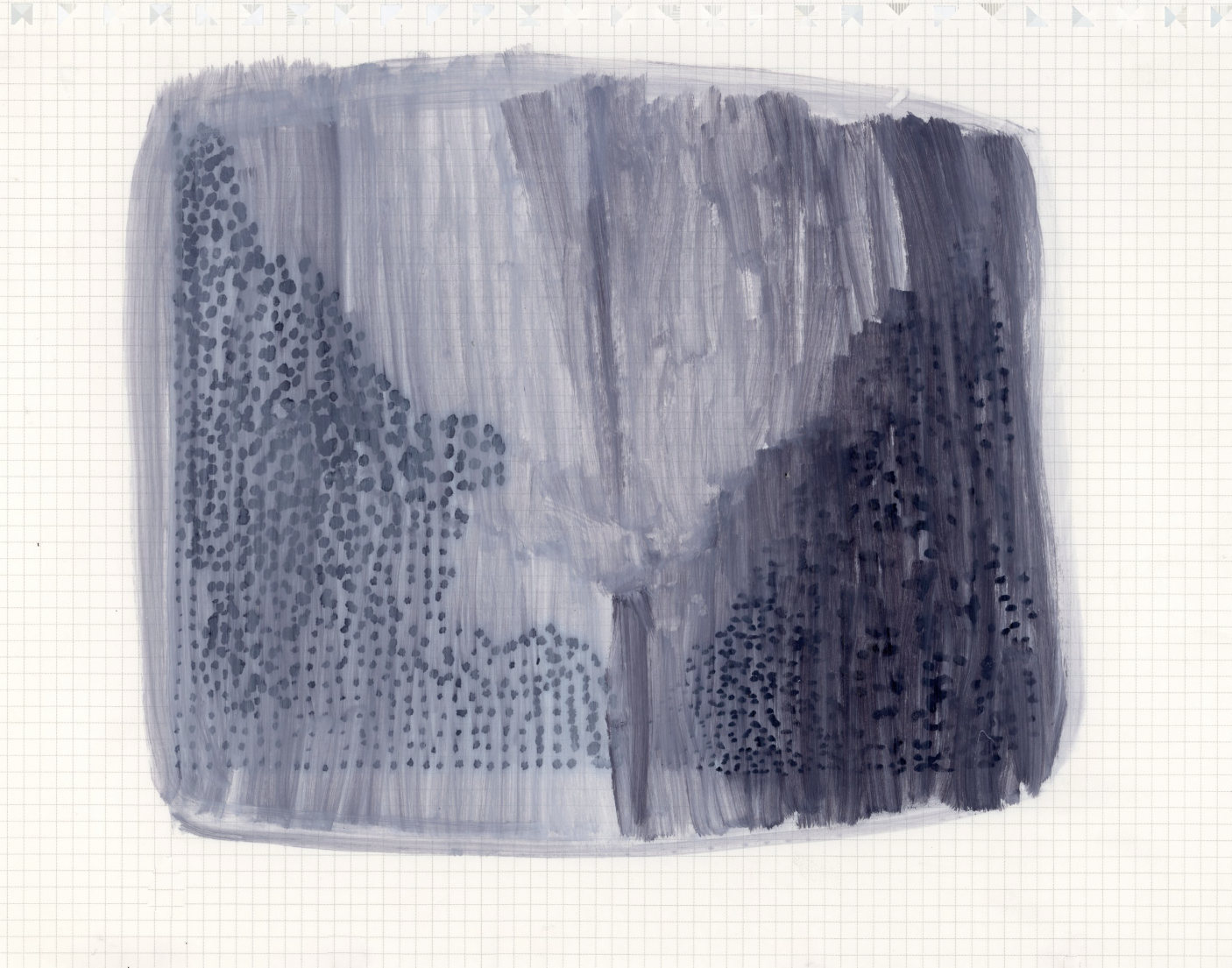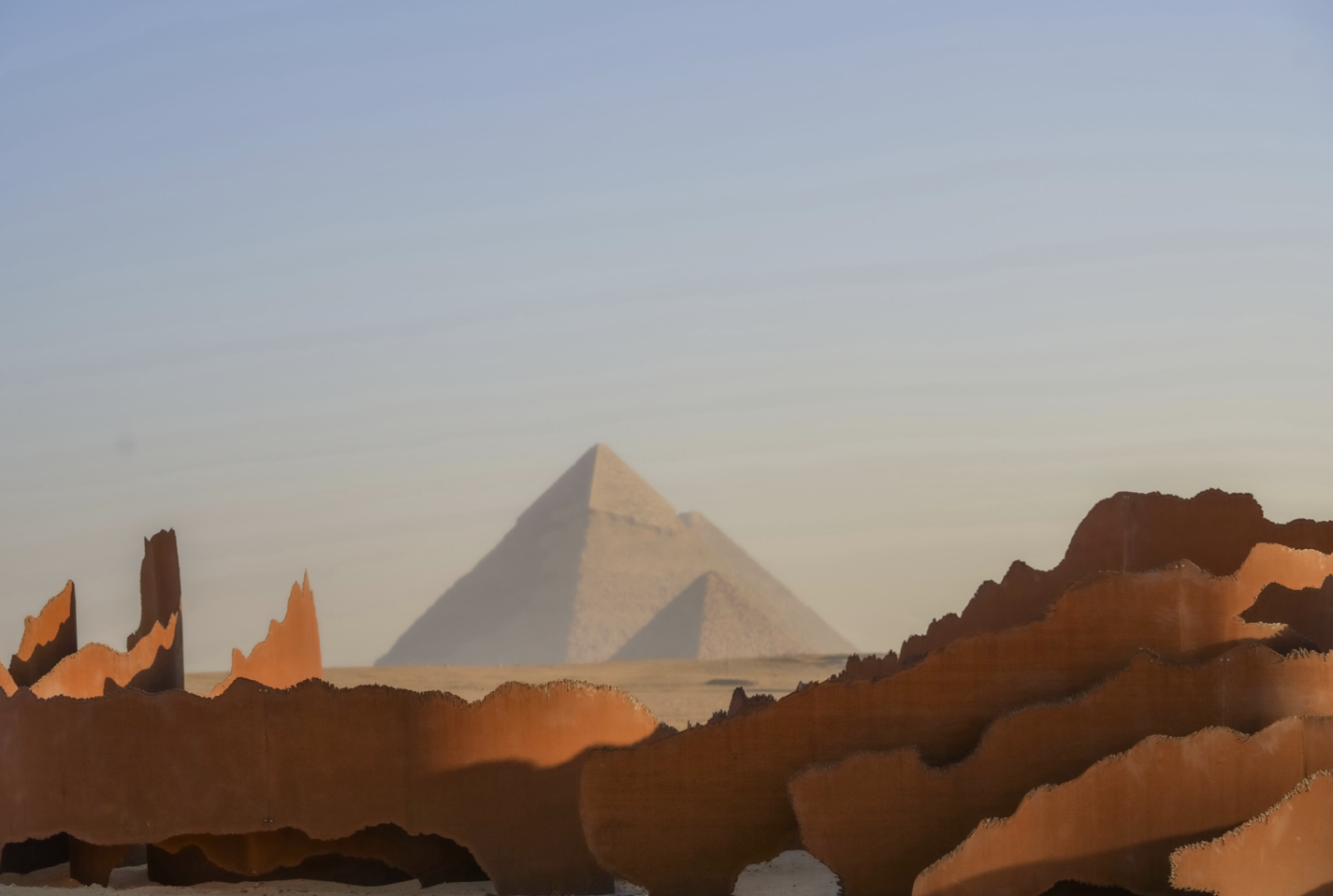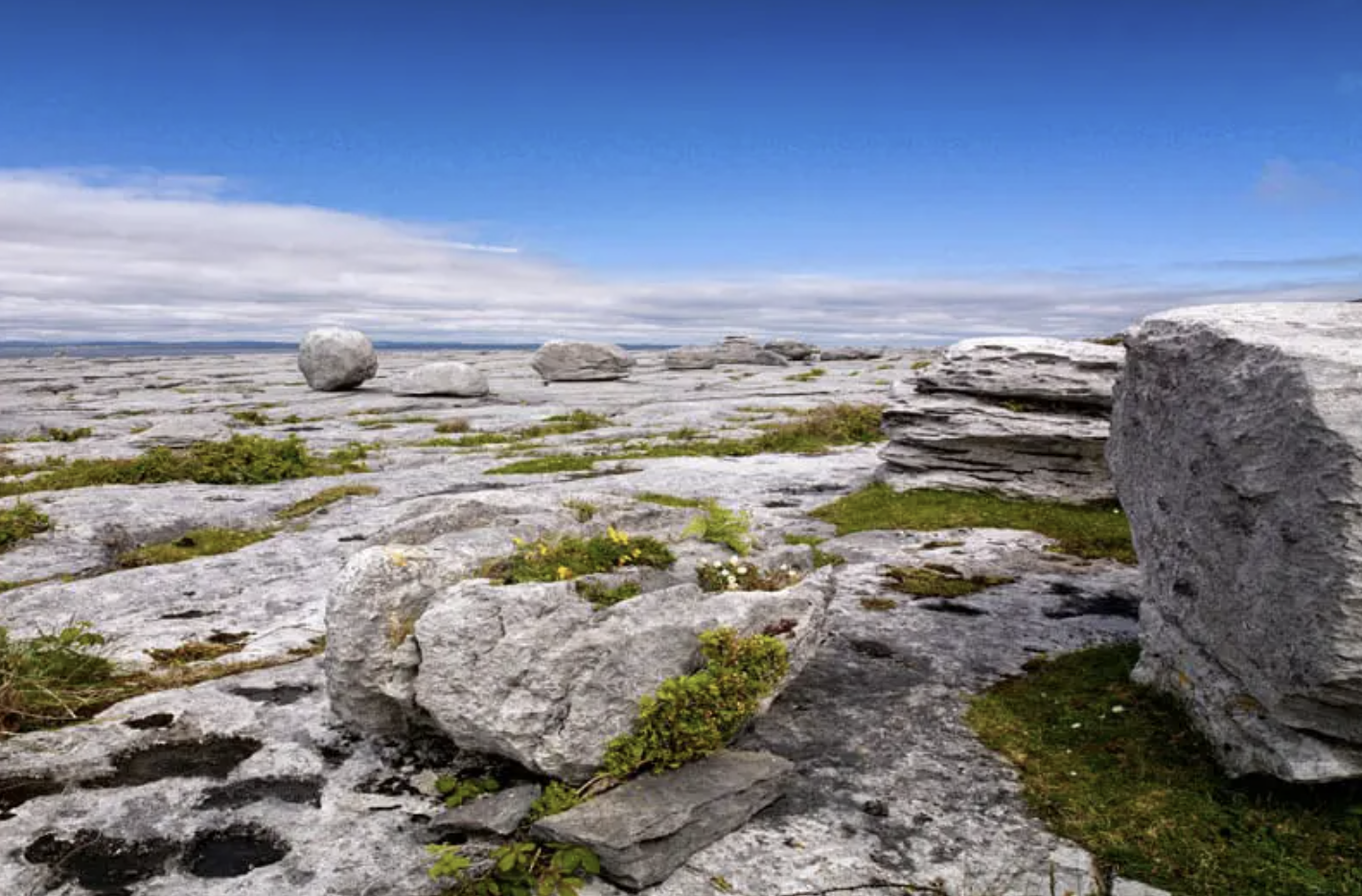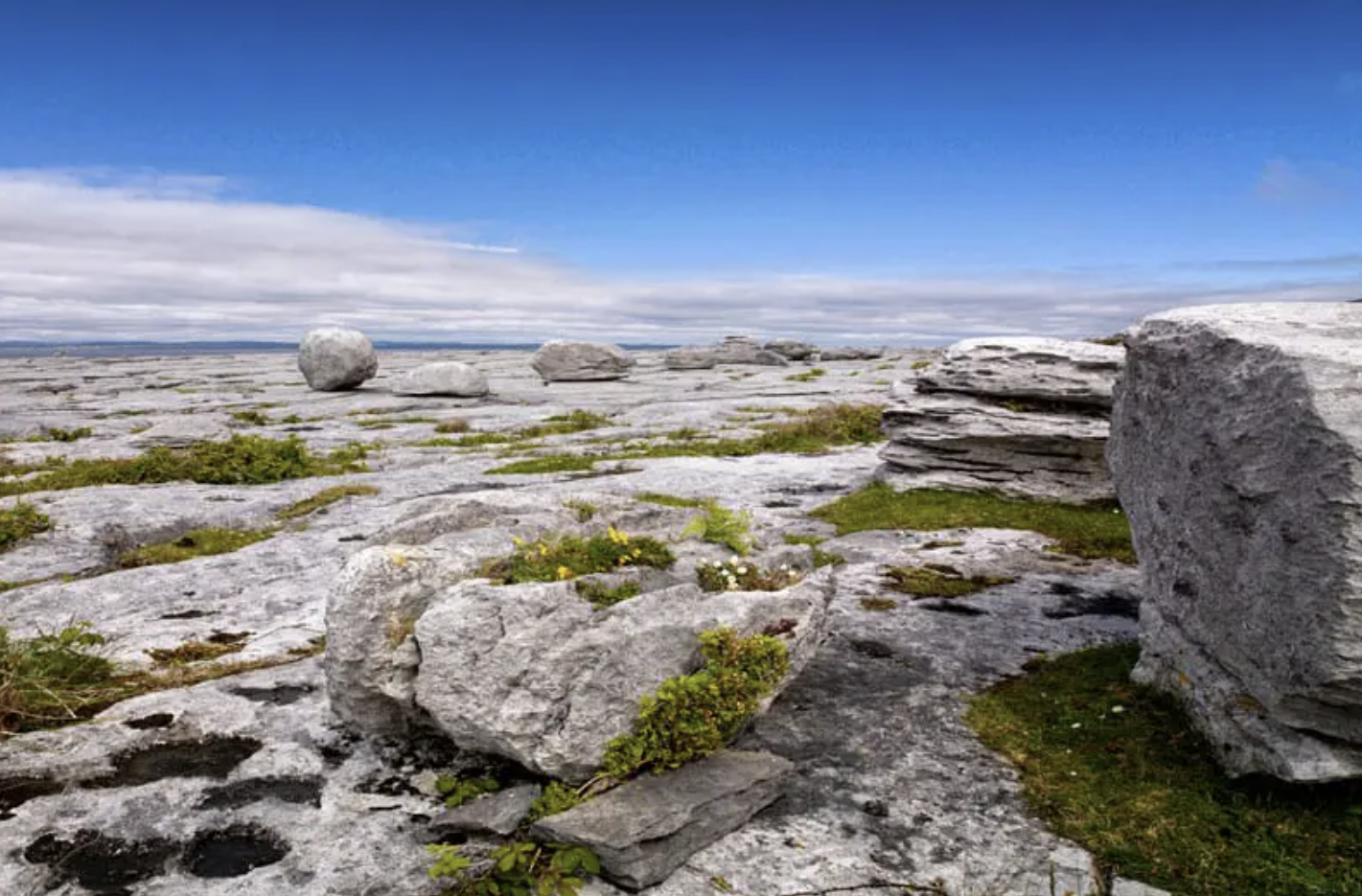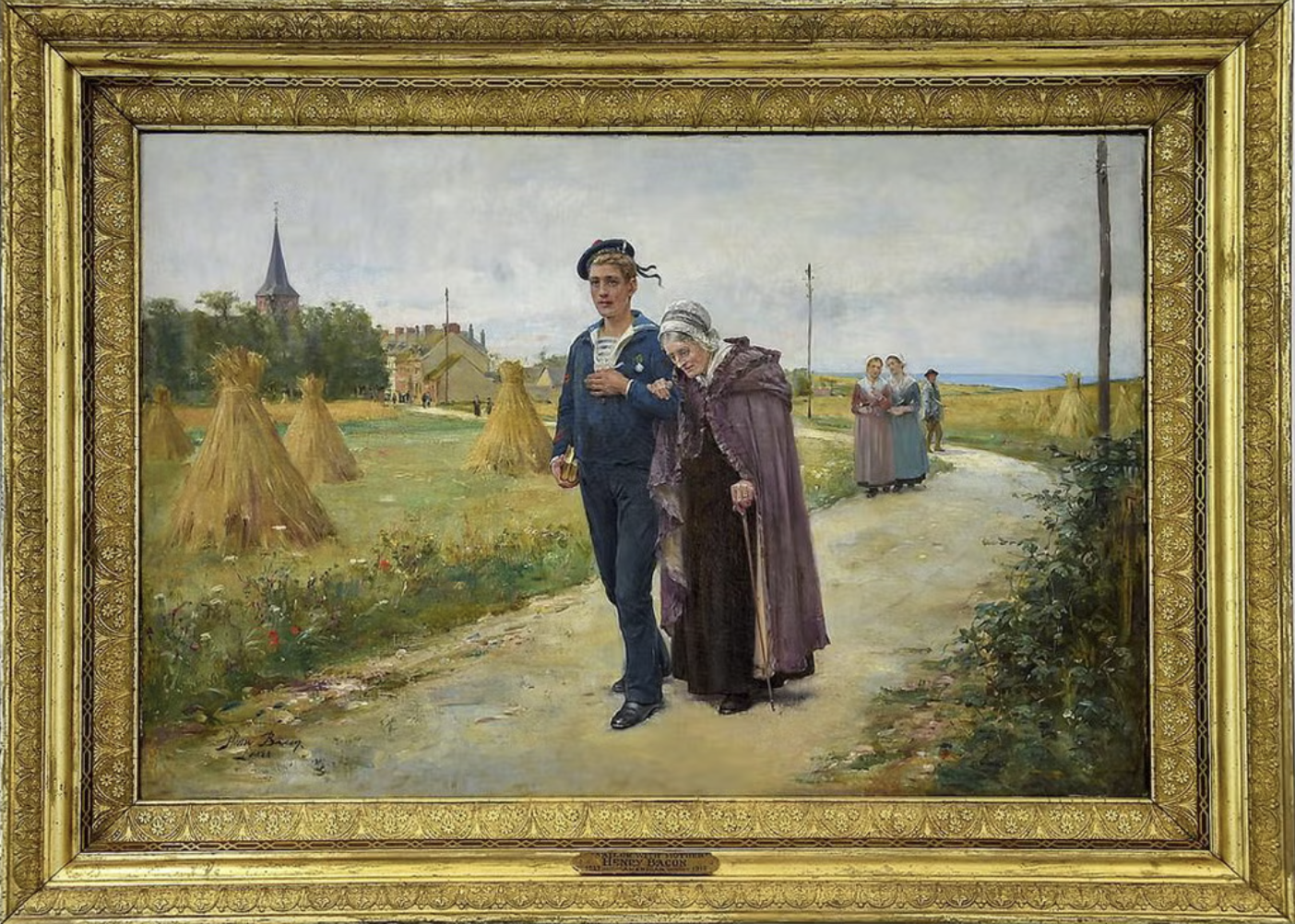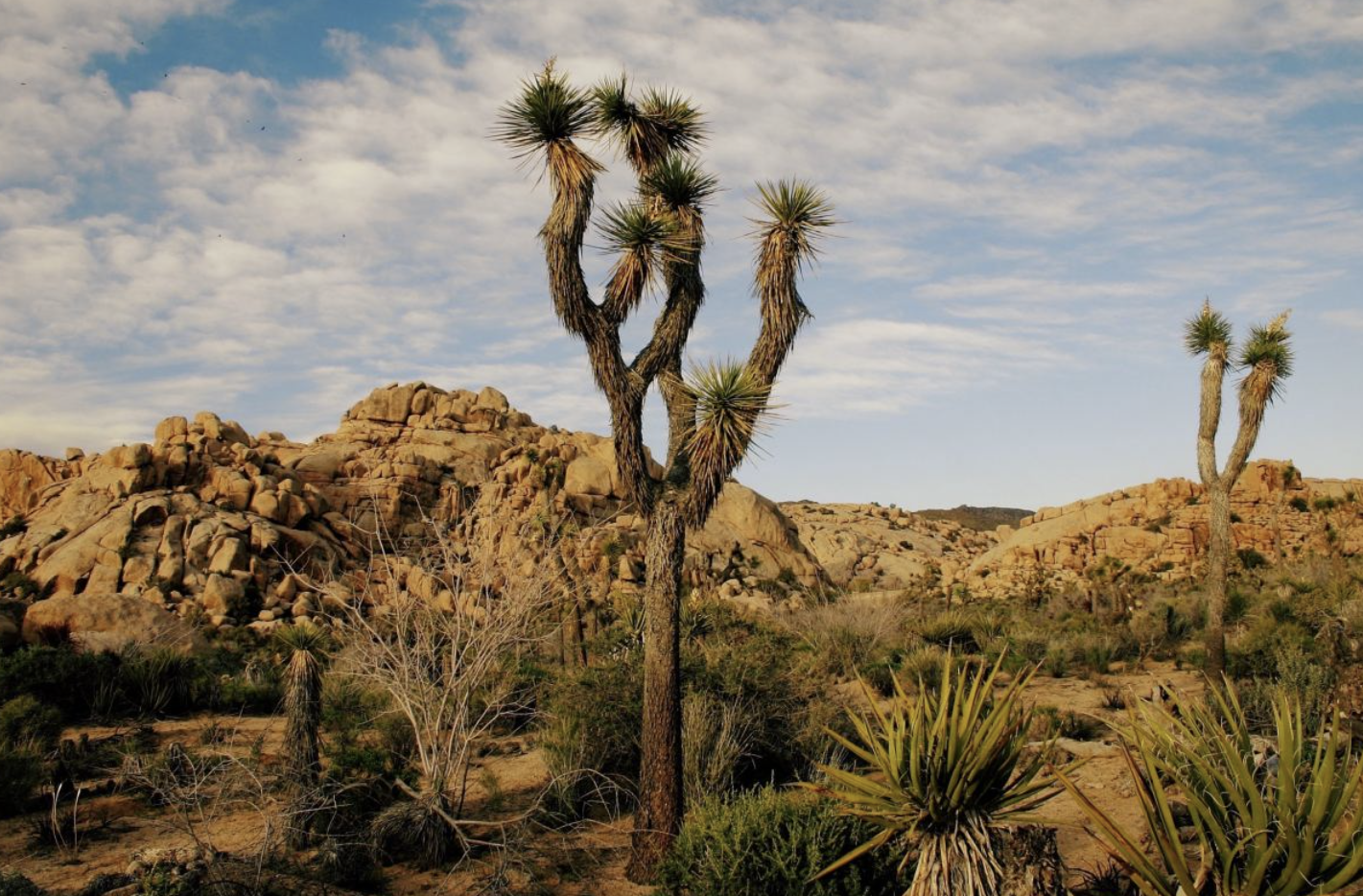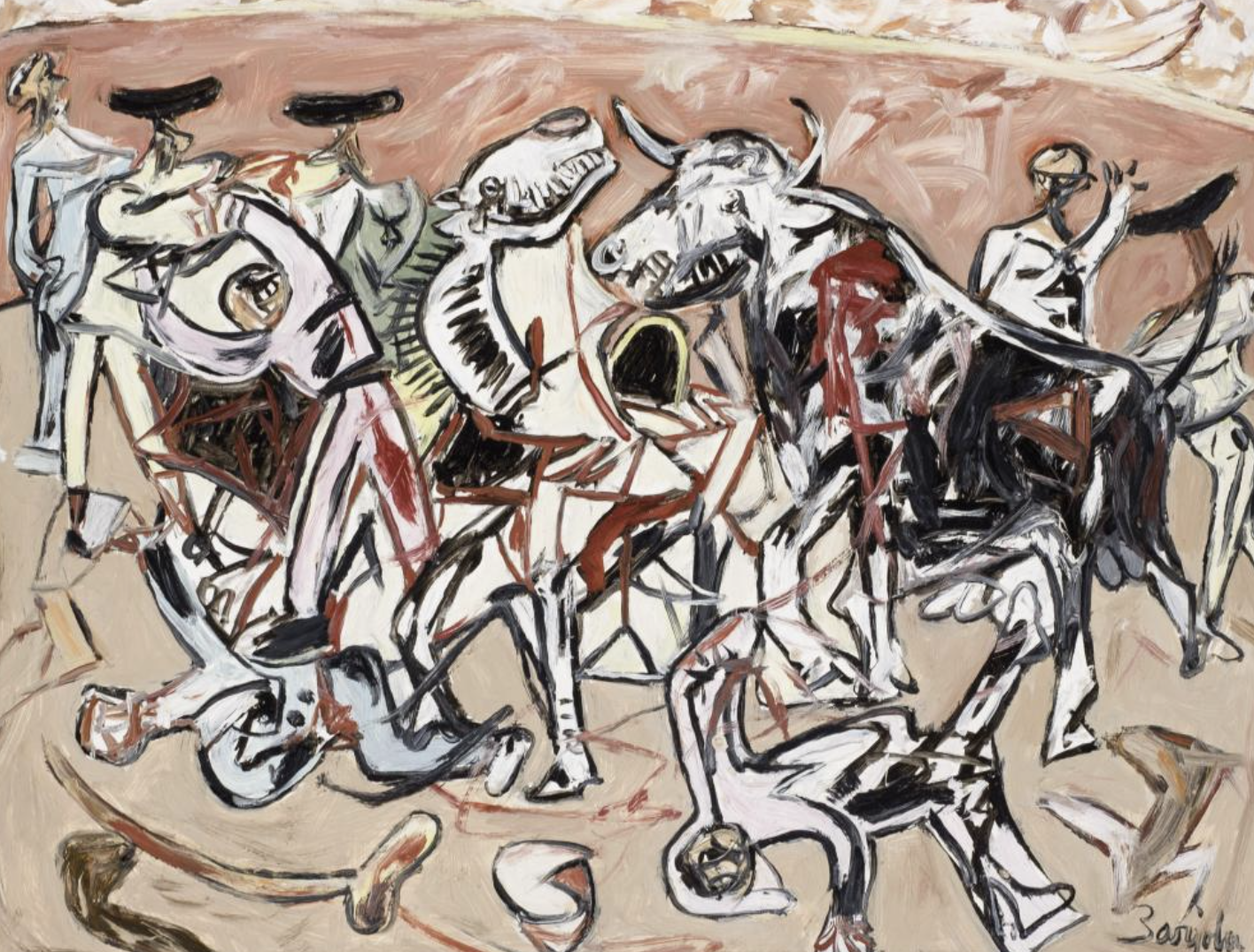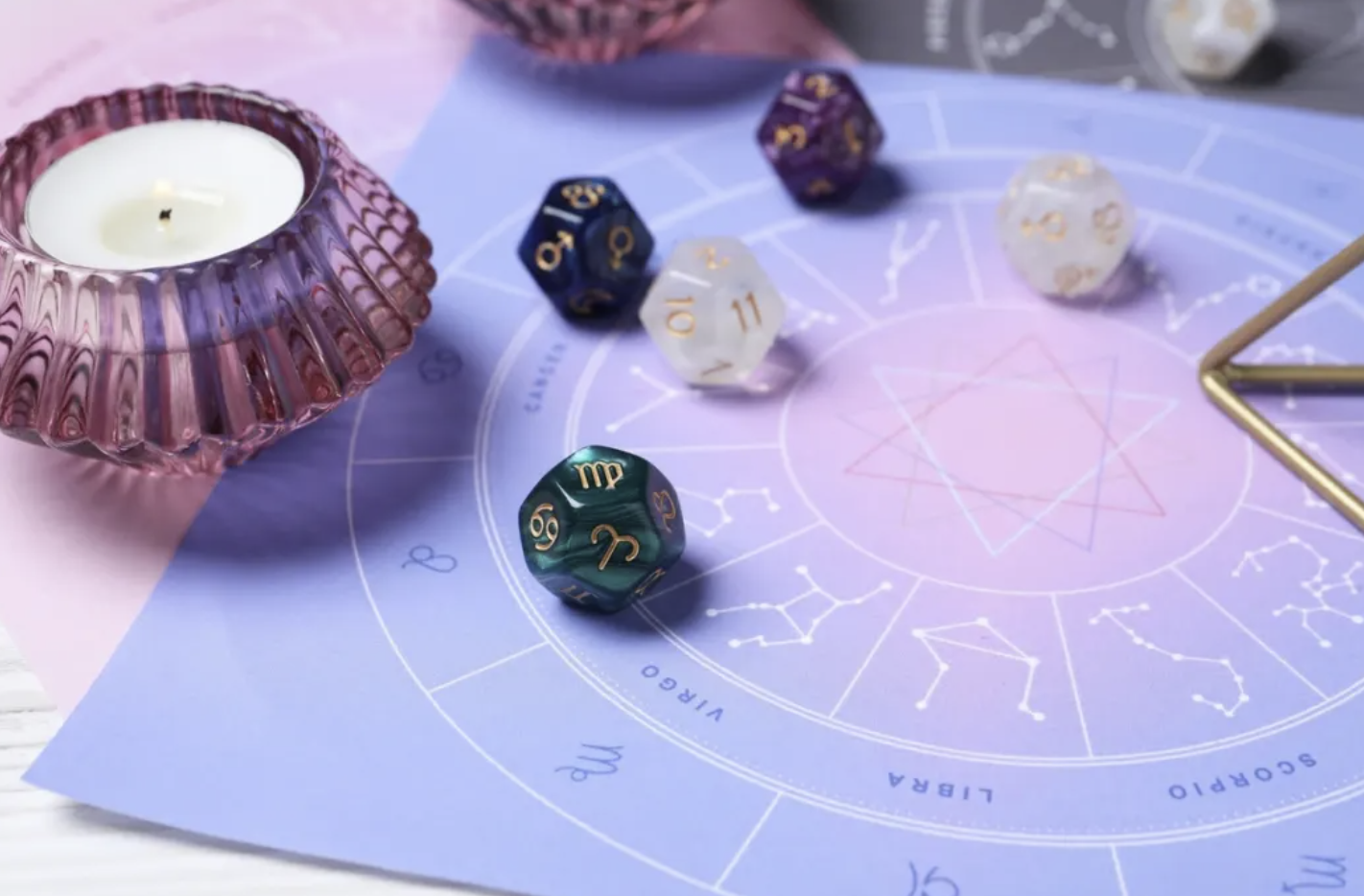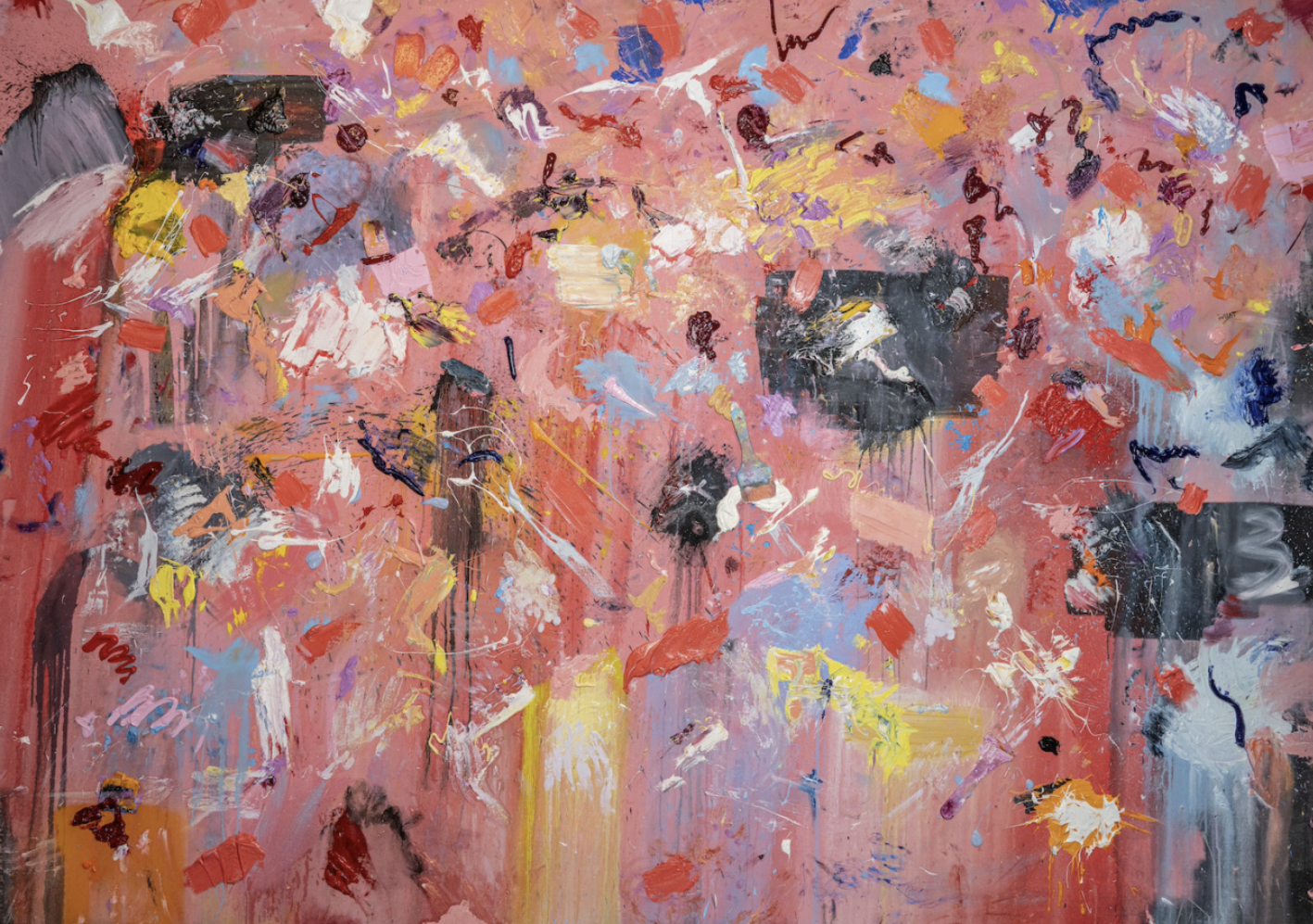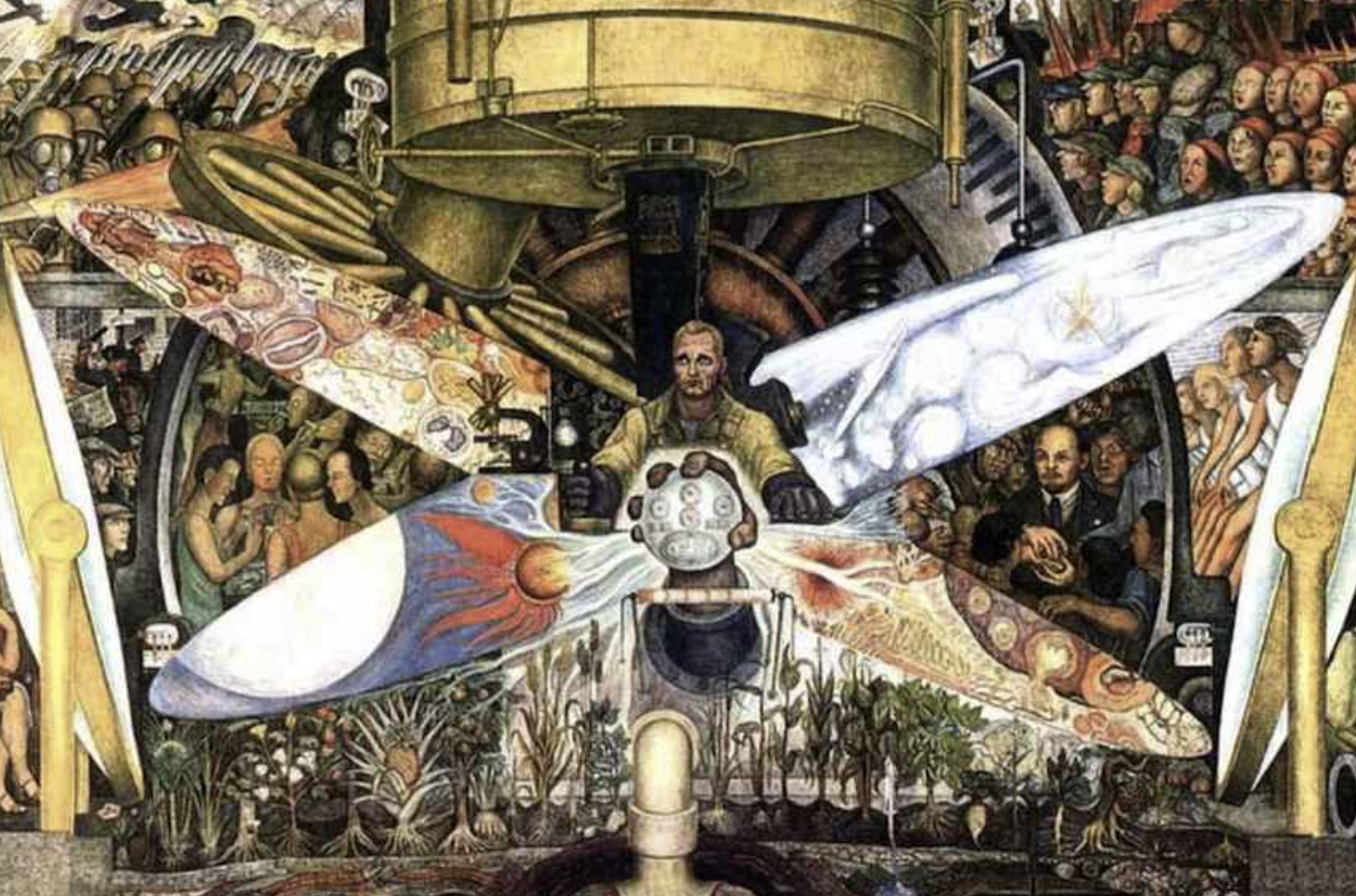
In a recent insightful piece for The New York Times, David Leonhardt discussed Franklin D. Roosevelt’s recognition of the importance of not only providing government assistance but also showcasing it in a way that reinforced its value in people’s lives. FDR’s approach contrasted sharply with the view promoted by Republicans from Ronald Reagan onward, who have minimized the government’s role in supporting public welfare. While Democrats have worked to counter this narrative through their policies, they have often failed to highlight their efforts in the cultural and historical fabric of America’s story.
The Works Progress Administration (WPA), created during the Great Depression in 1935, was a prime example of using the arts to underline the importance of government involvement. The WPA enlisted some of the most influential artists of the time, not only to create public works but also to communicate the significance of New Deal programs. Artists like Jackson Pollock, Lee Krasner, Diego Rivera, and Mark Rothko were part of this initiative, contributing works that helped shape the public’s perception of the federal government’s role in their lives.
Looking back, the WPA’s investment in art wasn’t just a decorative addition to the practical tasks of building infrastructure. It was a political act in itself, embedding the New Deal’s message into the country’s cultural and historical narrative. In today’s politically divided climate, the notion of a similar government initiative seems unimaginable, but the WPA’s impact highlights the ability of visual artists to create work that not only preserves political stories for the future but also strengthens their relevance in the present.
Although today’s political landscape has changed and policies like tax credits or the Affordable Care Act don’t lend themselves to grand, allegorical art, the issues that inspired WPA art still fuel contemporary creativity. Modern artists, such as Hans Haacke, William Powhida, and Kerry James Marshall, continue to create works that tackle political struggles and social injustices. Their art reflects the shortcomings of society and engages directly with ongoing political debates.
The 2019 Whitney Biennial, which many viewed as a kind of public service announcement, underscored the role of art in fostering political engagement. It served as a reminder that artists should not shy away from addressing critical issues, using their platforms to educate and provoke thought. However, this doesn’t mean that all artists must focus solely on politics. The creation of art for art’s sake—beautiful, calming, and separate from political strife—remains an essential function, offering viewers a much-needed escape from the turbulence of the world.
Ultimately, artists have the unique power to perform two seemingly contradictory roles at once: to create works that engage with the world’s pressing issues and to produce pieces that offer solace and beauty. This duality is part of what makes art such a potent force in shaping and reflecting political and social discourse.


